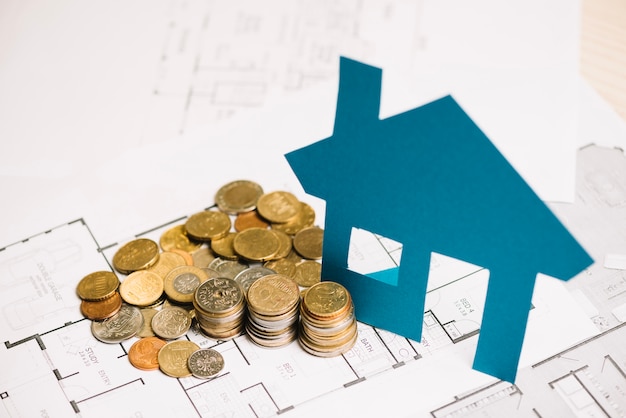Wow, I really lucked out and didn’t even know it until COVID-19 came along. You see, the pandemic has made mortgage rates fall as people are looking for safer investments like bonds. So, I’m going to share some tips on how to snag the best mortgage rate.
Before I bought a bigger house, I refinanced my first home’s mortgage. If I hadn’t done that, I might not have gotten such a low rate or been able to refinance at all. Banks are super strict these days about giving out new mortgages or refinancing old ones. The days of no-money-down and negative amortization loans are over. But this strictness is why I don’t think the next housing crash will be as bad as the last one. Since 2009, there’s been a lot of housing equity gains and high-credit buyers, so any downturn should be mild.
Now, let me tell you why refinancing before buying a new home was such a lucky break for me. I’ll also share two more situations where you should refinance if you want the best mortgage rate.
I refinanced my first home to a 7/1 ARM at 2.625% with no fees and even got a $220 credit. I plan to turn this house into a rental and office space because we’re moving to our bigger house after some remodeling.
- Refinance before you buy another home. When you refinance, the lender will classify it as either a primary residence or a rental property refinance. The former usually has a lower rate. The average difference is about 0.75% – 1.25%.
Banks treat your rental property like a business. They assume you’ll have tenants paying rent to cover your mortgage, taxes, insurance, and maintenance costs. If you don’t have a tenant, the bank thinks your business will struggle. It doesn’t matter how much money you make or have, the bank will treat your rental property as a separate business that relies on rental income. Because there’s more risk, the bank will charge a higher interest rate.
Even if you have a history of rental income that covers all expenses, the bank will likely discount your rental income by 30%. This is to account for potential vacancies, maintenance costs, and other risks. So, if you plan to buy another home and keep your old one as a rental, try to refinance your current home before buying the new one to get the best rate.
- Refinance before you quit your job or retire. Once you lose your regular income, banks won’t want to deal with you. It doesn’t matter how good your credit score is or how much you have in assets. If you don’t have a job, it’s almost impossible to get a mortgage or refinance one. The only way around this is if you have at least two years of freelance income that’s high enough to support the mortgage amount and is at least 3X higher than the mortgage payment.
- Refinance before you go back to school. This is similar to quitting your job or retiring. The good thing is that the process usually takes between 6-9 months, so you have plenty of time to refinance your home.
Remember, banks love stability. The longer you’ve had the same job, the more attractive you are to them. By refinancing before these three events, your mortgage rate will be 0.75% – 1.25% lower than if you try to refinance after these events.
Lastly, I want to emphasize that real estate is a great way to achieve financial freedom. It’s a tangible asset that’s less volatile, useful, and generates income. The combination of rising rents and real estate prices builds wealth over the long term. Plus, there are more ways to invest in areas of the country where valuations are lower and net rental yields are higher thanks to crowdfunding.
